1983: Who defined the Taiwan lifestyle?
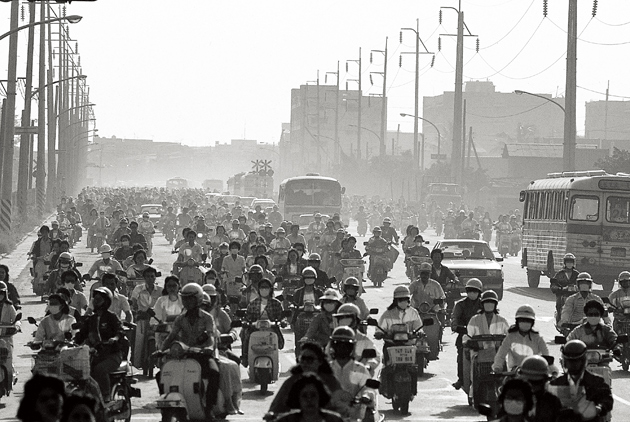
Source:CommonWealth Magazine
The infamous “waterfall of scooters” that wowed the world; the highest concentration of convenience stores on earth; the successful bike-sharing service YouBike...these are all now part of the Taiwanese lifestyle. But how did they come to be?
Views
1983: Who defined the Taiwan lifestyle?
By CommonWealthCommonWealth Magazine
The Birth of Scooter Nation
Scooters are an integral part Taiwanese culture. Taiwan possesses the highest density of these vehicles in the world; it is sometimes called the Kingdom of Scooters.
Taiwan used to import all its scooters. In the 1960s, the government set goals for domestic production, and nurtured Taiwan’s own scooter companies, encouraging them to sell aboard. Sanyang Motor was Taiwan’s first domestic scooter manufacturer. In those heady days, one out four scooters was a Sanyang.
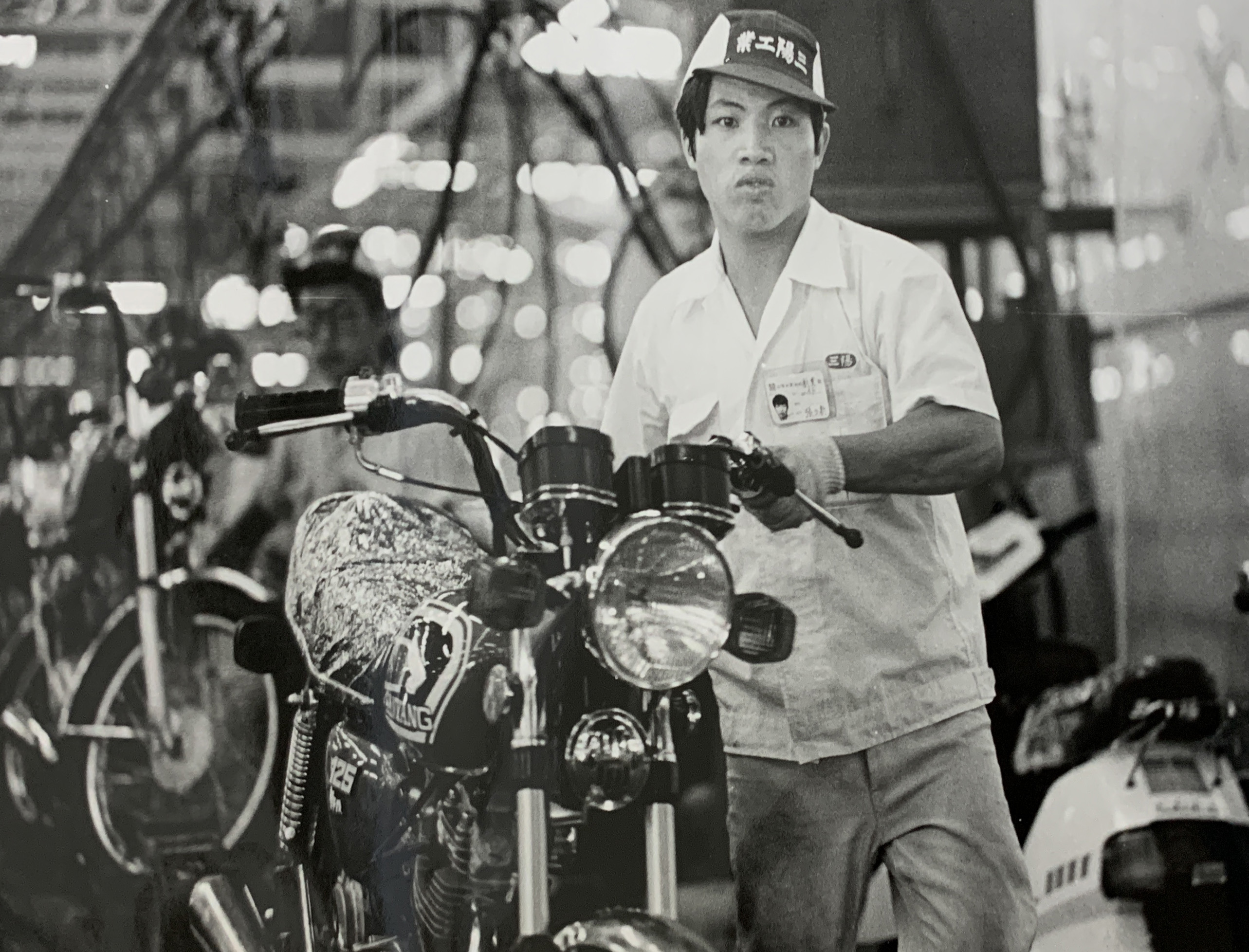
Sanyang founder Huang Ji-jun (黃繼俊) got his start in trading; he imported Honda engines. At the behest of Japanese companies, he helped create another Taiwanese scooter brand: Kymco.
Nowadays, Kymco scooters are giving Honda scooters a run for their money on the global stage. (Read More)
Taiwan is Also a Nation of Bicycles
Bold, adventurous small- and medium-sized enterprises also set their eyes on the foreign market.
One classic example: In 1972, a few youngsters put together four million dollars and founded Giant Manufacturing Co. in a rice field in Taichung’s Dajia District.
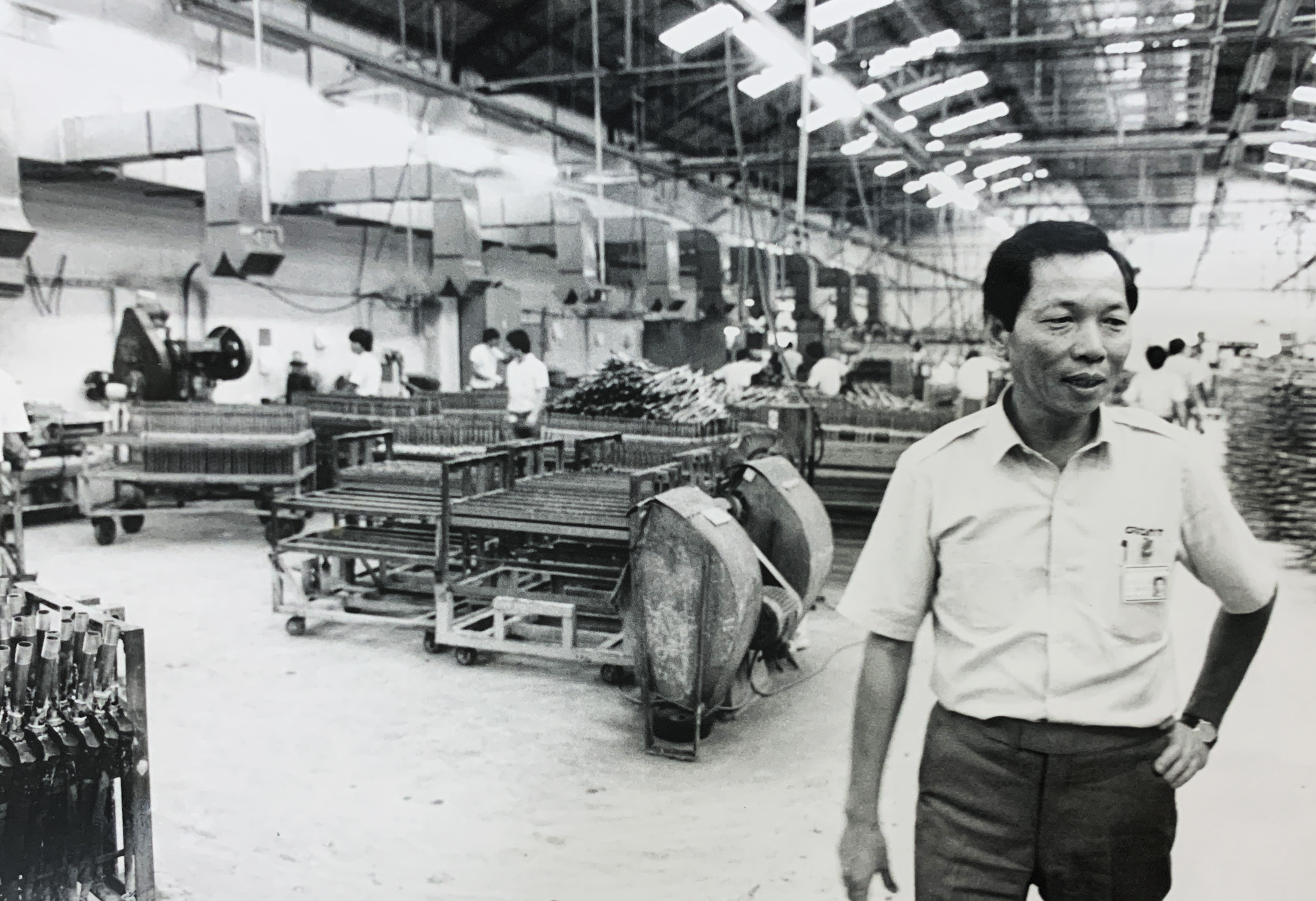
Within a few years, Giant bicycles were cruising the streets of Europe, the Americas, and Asia. It retook the domestic market with the brand name Giant.
In 1970, Taiwan exported 107,000 bicycles. In 1991, the number was 10.68 million. (Read More)
Uni-President and its Hold on the Taiwanese Lifestyle
The cup of Starbucks coffee in your hand on the way to work. The rice triangle you grabbed for lunch from 7-Eleven. The groceries you bought from Carrefour after work. On the weekend, you buy books online at Books.com.tw, or you shop at the Uni-President Hankyu Department Stores. Every one of these moments, you are buying from the Uni-President Group.
 The founder of Uni-President Group, Kao Ching-Yuan Kao.
The founder of Uni-President Group, Kao Ching-Yuan Kao.
According to CommonWealth Magazine’s survey of Taiwan’s top-2,000 companies in 2020, this massive conglomerate, which was merely a small flour factory in Tainan four decades ago, is now the twelfth-largest food brand in the world. It makes more money than the U.S.-based Kellogg’s or Japan-based Meiji. It is the everyday brand of the Taiwanese everyman.

Forty years ago, Taiwanese children drank milk and juice produced by Uni-President. They did sports in outfits manufactured by Tainan Spinning Co. After graduation, they went to work in suits made by San Shing Spinning Co., and they sat in offices built by Prince Construction Company, surrounded by cement walls erected by Universal Cement Corporation. (Read More)
Taiwan’s Favorite Holiday Hotspot, Japan, Used to be a Stranger
CommonWealth Magazine initiated the “Sakura Project”, launching the first series of “national reports” in the history of Taiwanese media. At the time, Japan was not only rising on the world stage, it was growing closer to Taiwan.
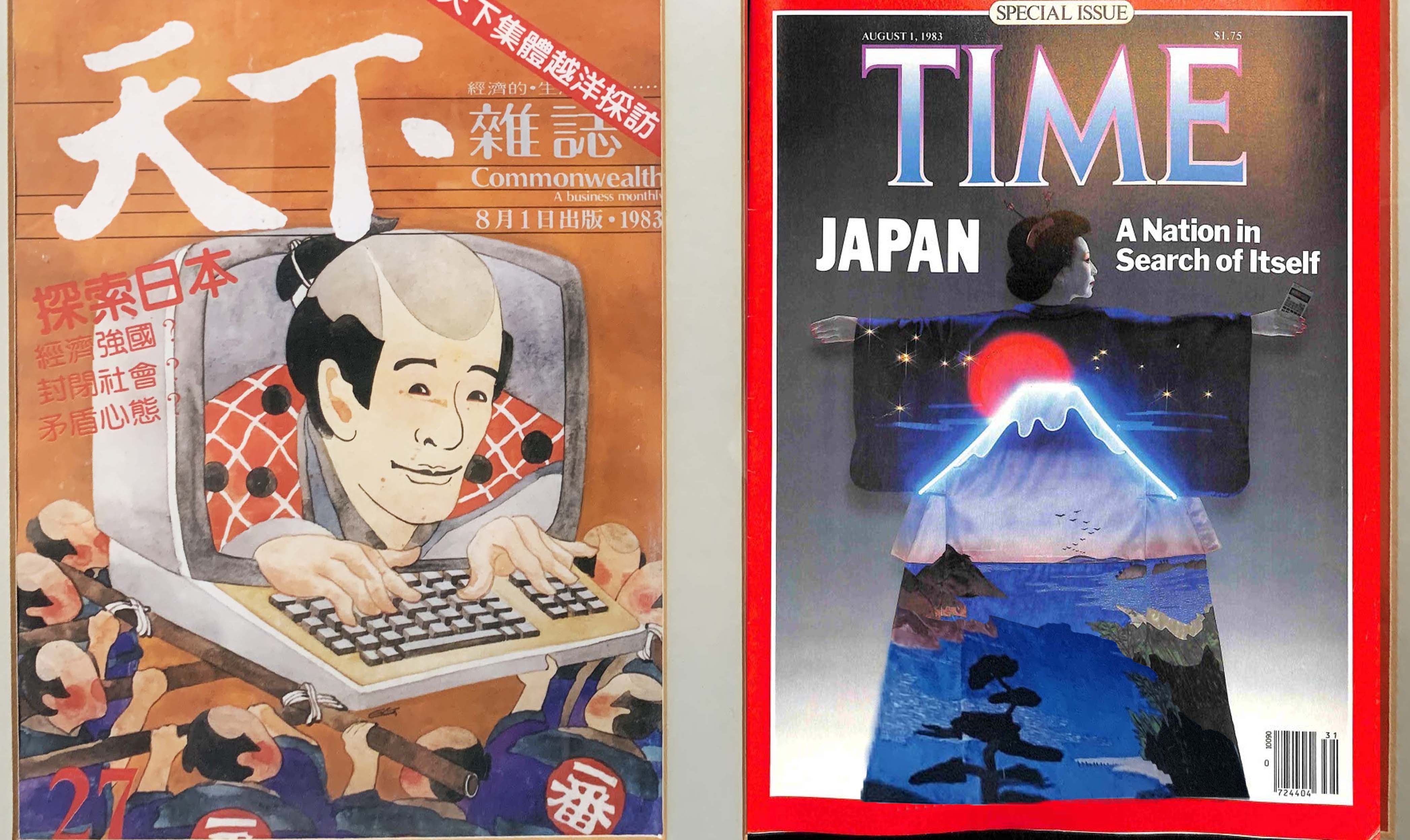
In those years, of all the materials, components, and machines Taiwan had to import to feed its economic growth, 27% was from Japan. Over 70% of Taiwanese exports went through Japanese companies. Half of export-oriented household appliances were buoyed by Japanese investments or relied on Japanese technology.
Many major projects aimed at fostering Taiwan’s economic transformation--auto manufacturers, trading firms, etc.--partnered with Japanese counterparts to learn their technology. Even the United States feared that Japan’s economy would squash them. “Japan Number One” was a statement of fact.
And yet, Taiwanese society knew little about modern Japan.
In order to thoroughly understand how Japan went from being a defeated nation to a revived economic powerhouse, CommonWealth Magazine sent a team of eleven journalists and conducted interviews around Tokyo, Nagoya, Kyoto, and Osaka for eleven days. They searched for the inside factors behind Japan’s economic miracle, with a special focus on the analysis of the Japanese people’s fighting spirit. (Read More)
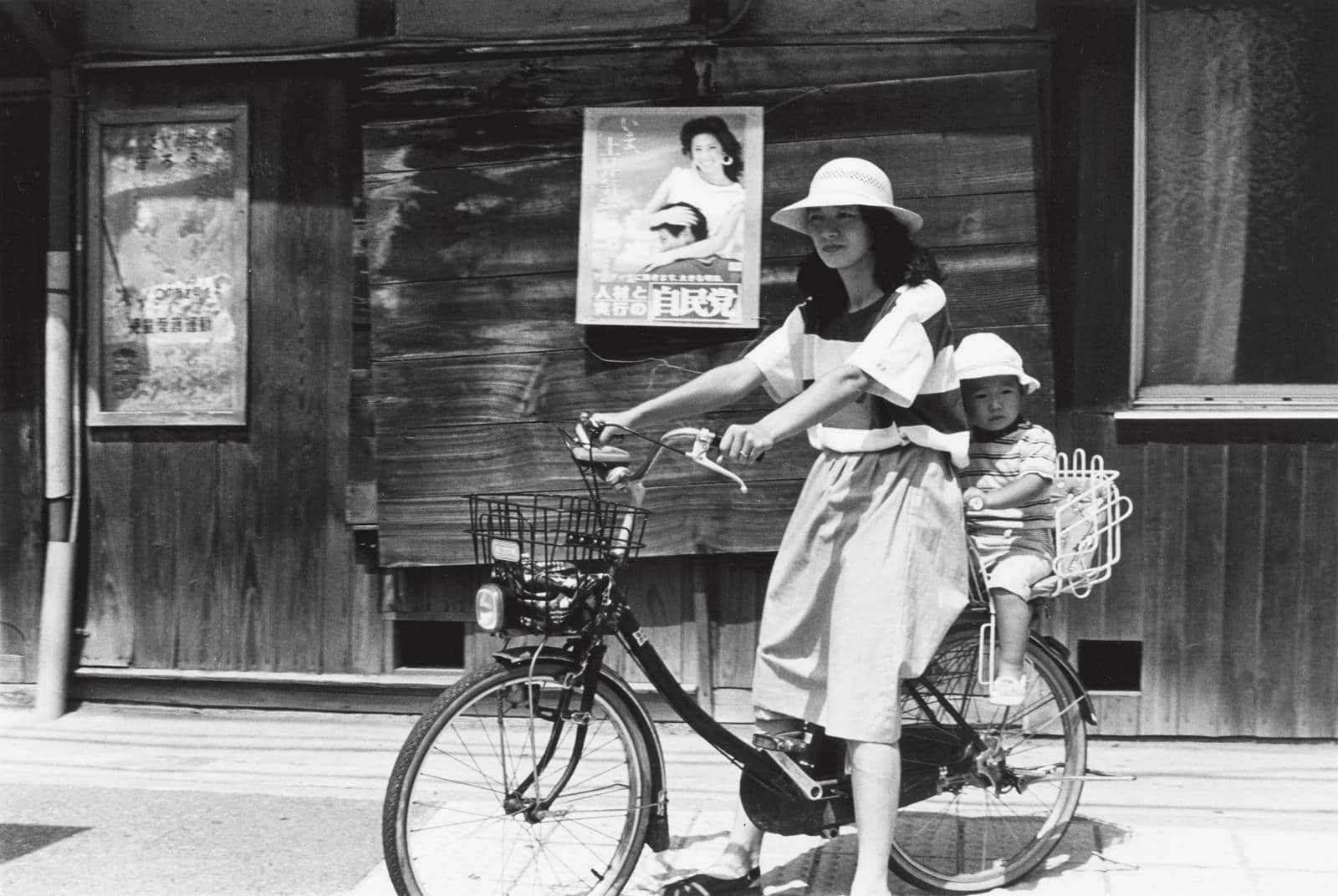
How did Japan’s spirit of teamwork, discipline, and perfectionist characteristics come about? What could we learn from the Japanese people’s adaptivity, competitiveness, vision, willingness to learn, and incredible ability to organize?
Adventurers’ Paradise: Kaohsiung
Kaohsiung in 1983 was big: big streets, big ports, big steel plants, big ship-makers, big oil refineries, big manufacturing and export districts.

The pioneers and entrepreneurs had big ambitions: They wanted to build the world’s highest tower, the country’s largest department store...they were heroically reckless and unstably temperamental. This was the adventurers’ paradise.
But the sprawling city spewed out pollution like toxic air and polluted groundwater. There was a news story about a youth who leapt into the Love River in a suicide attempt, only to crawl back to shore upon discovering the shallow water was filled with mud.
The story of Kaohsiung was a microcosm of Taiwan’s economic growth in the 30 years after WWII. (Read More)
Have you read?
♦ Eyeing global leadership: 1982
♦ CommonWealth Magazine’s 40th Anniversary Special Tribute: Open · Taiwan
Translated by Jack Chou
Edited by TC Lin
Uploaded by Penny Chiang






